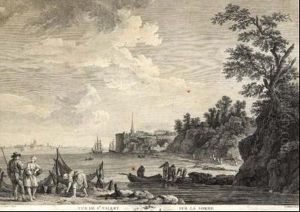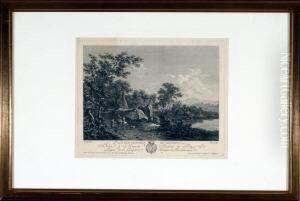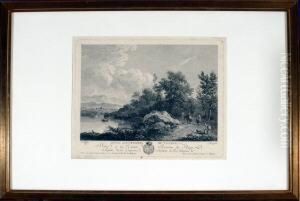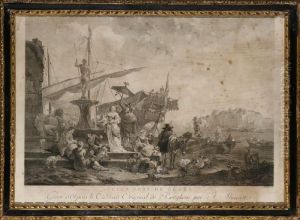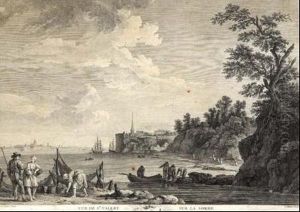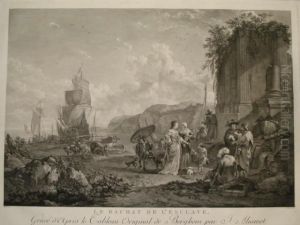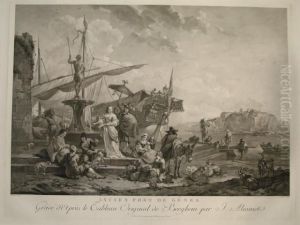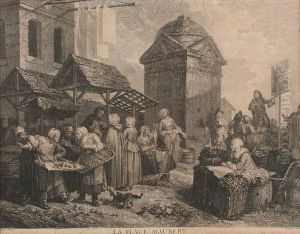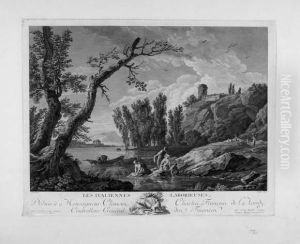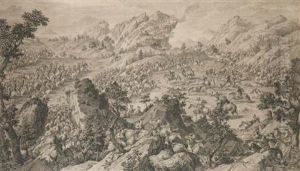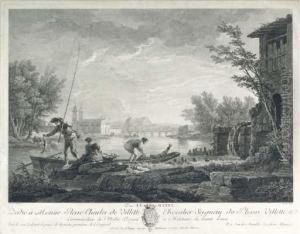Jacques Aliamet Paintings
Jacques Aliamet was a French engraver born in 1726 in Abbeville, a town in the Picardy region of France. He was one of the notable artists of the 18th century, known for his skilled engravings and etchings that depicted various subjects, including landscapes, portraits, and historical scenes.
Aliamet was originally trained by his father, who was also an engraver. He then moved to Paris to further his studies and work. In Paris, he became a pupil of the celebrated engraver Jacques-Philippe Le Bas, who was a significant influence on Aliamet's style and technique. Under Le Bas's tutelage, Aliamet honed his skills and became proficient in the art of engraving, which was a highly respected and in-demand skill during his time.
Throughout his career, Jacques Aliamet produced a large body of work that was admired for its fine detail and artistic quality. He collaborated with various painters of his era, translating their paintings into engravings that could be widely distributed. This practice was common in the 18th century, as engravings were a primary means of reproducing and disseminating artworks to a broader audience. Aliamet's engravings were thus instrumental in popularizing the works of contemporary artists.
Among his well-known works are engravings after the paintings of artists like François Boucher, Jean-Honoré Fragonard, and Nicolas Lancret. He also engraved works by the Dutch masters, which were highly sought after by collectors and art enthusiasts of his time. Aliamet's technical proficiency allowed him to capture the nuances of the original paintings, making his engravings stand out in terms of quality and fidelity to the source material.
Jacques Aliamet's contributions to the art of engraving were recognized by his admission to the Royal Academy of Painting and Sculpture in 1760, an honor that cemented his status as one of the leading engravers in France. He continued to work and produce engravings until his death in 1788.
Aliamet's legacy is preserved through his engravings, which continue to be studied and appreciated for their historical value and artistic merit. His work represents an important chapter in the history of French engraving and provides insight into the visual culture of the 18th century.
